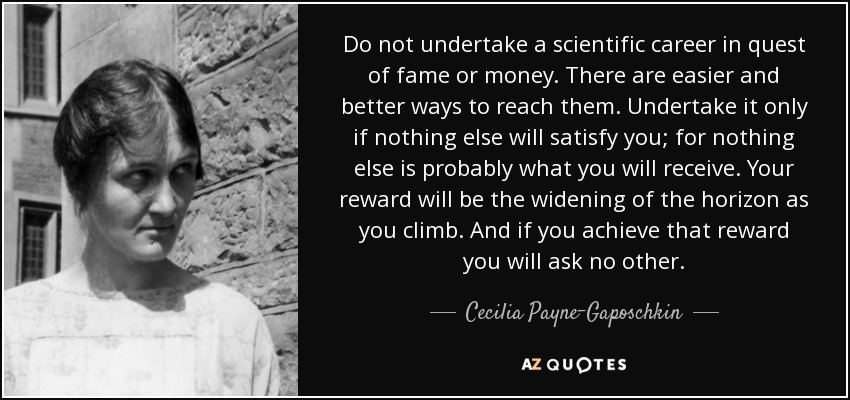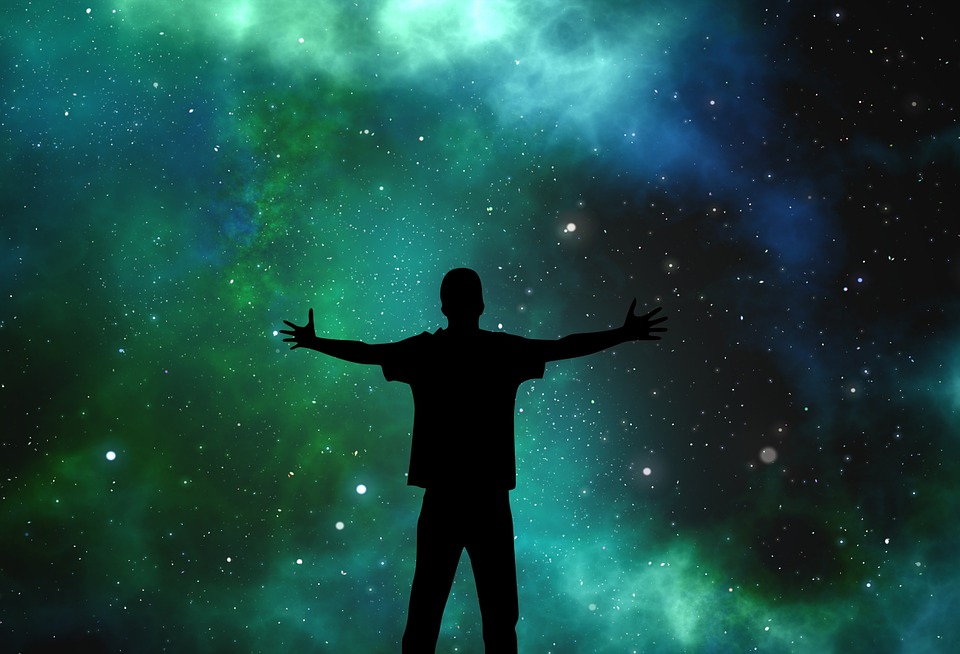elements
-

How Were Atoms Discovered?
Welcome to my fourth “Science Answers” post! If you have a question, you can ask it in the comments here, or ask it in an email. Or find me on Facebook! Q: (1) How did scientists find elements in the first place?…
-

Star Luminosity Classes
What do you think it would mean for a star to be in a specific luminosity class? I mean…does that mean they go to school to learn how to be bright? (Ha, ha…yeah, I know, bad astronomy pun.) Well…not quite.…
-

Star Stuff & Cecilia Payne
If this quote really is from Cecilia Payne, then she had the right idea — at least for a female astronomer in the 1920s. Women in science back then faced an uphill battle to get recognized for any discoveries they…
-

The Balmer Thermometer
How hot would you say this star is? Take a wild guess. Well…sorry, but I’m going to stop you for a moment just to make sure we’re all using Kelvins. The Kelvin scale is like the Celsius scale, except water…
-

Types of Atoms
Does this look familiar? It might, or it might not. If it does, you might recognize it as the periodic table of the elements — more often known as simply the “periodic table.” It’s an ingenious way to organize elements…
-

Elements and Compounds
Recognize this? This is the periodic table, and it’s pretty much the most important table in all of chemistry. All the little boxes on this “table” are elements, the simplest form of matter. You literally can’t break these down further. What’s…



